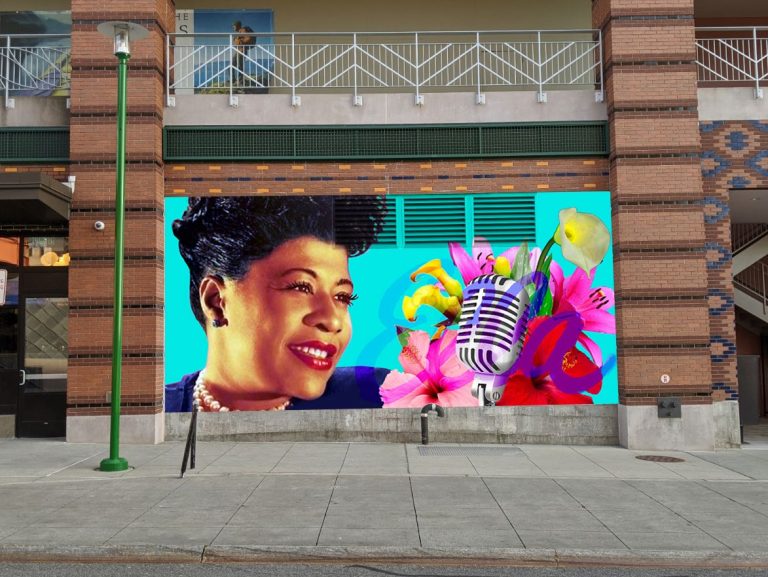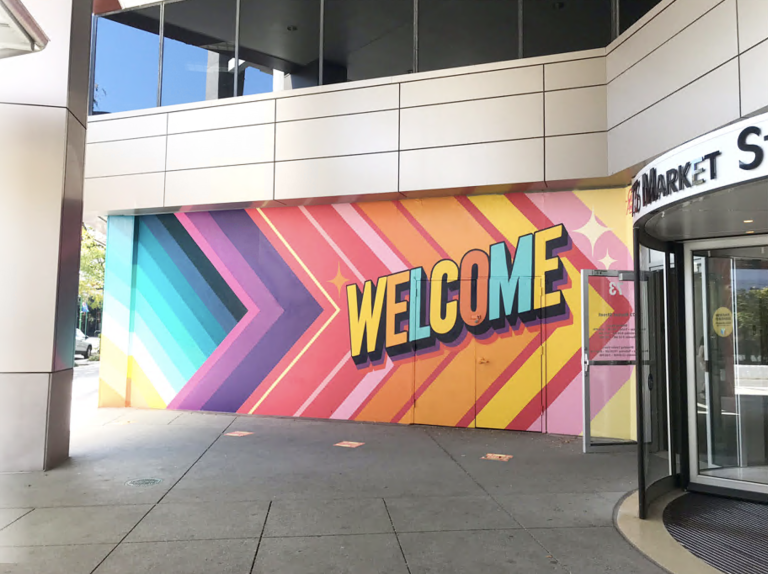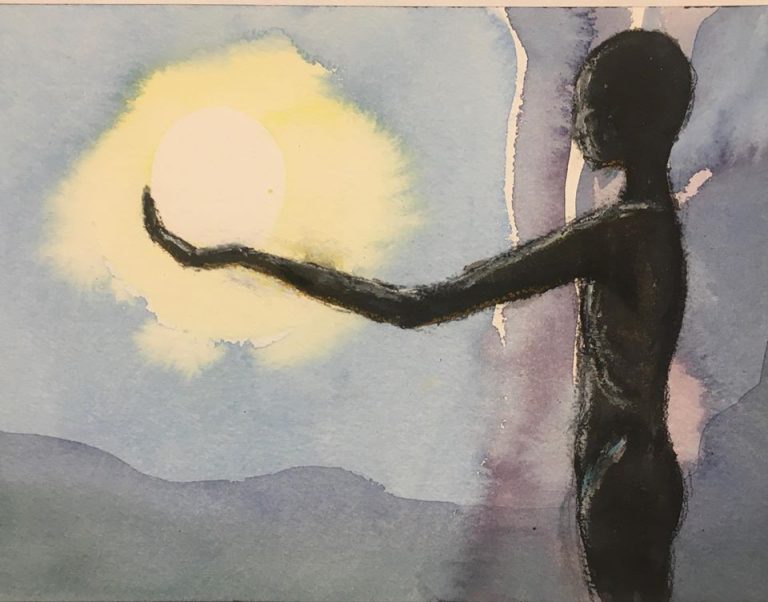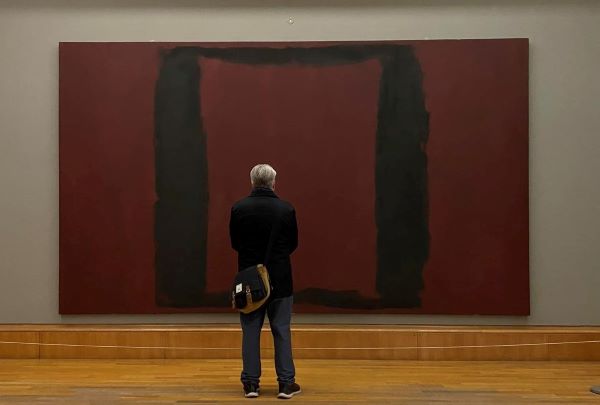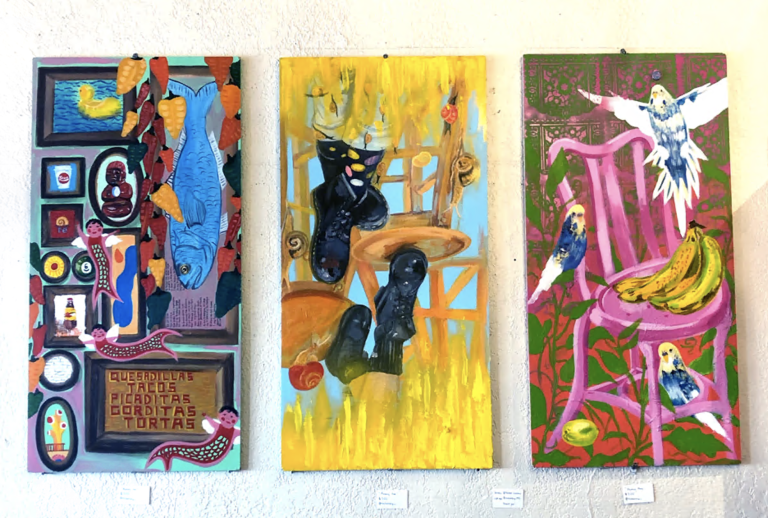Good Vibrations: the Joy of Color in Ceramics
Clay Art Center’s core mission is in full view with its current Artist Member exhibition, Good Vibrations, on view through June 3. The invitational show, which was juried by former Artist in Residence Cory Brown, features ceramic works that express a sense of “joy through the dynamic use of color.”
The center in Port Chester was founded in 1957 as a communal studio for ceramic artists to come together and have a place to work. Since then, it has expanded its programming, broadened its mission and strengthened its community engagement into a “diverse and inclusive space for studio practice, exhibitions, personal growth and professional development.” All of this is evident in Good Vibrations.
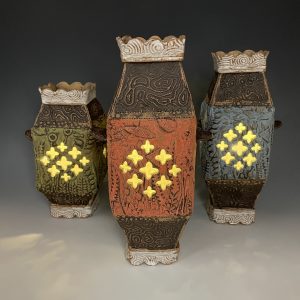
Exhibitions and Marketing Director Regina Farrell-Fagan says the goal was to have the Clay Art Center gallery and artist members come together to not only develop the exhibition, but also “to foster professional development opportunities for the member artists.”
Farrell-Fagan notes that artists were involved in all aspects of the exhibition, from selecting the juror and exhibition themes to the installation of works in the gallery. “[Our] hope for any artist at Clay Art Center is that they will learn and grow beyond the act of creating. The goal is to see them thrive in every way possible.”
The artists represented in Good Vibrations are all artist members currently working as part of the center’s juried Artist Program – either as “active” (working on-site in individual studio spaces) or “associate” (using home studios and center facilities).
Two artists in the juried exhibition approach color in different ways: On one hand, Jane Nuess Cohen “observes the world in its grandeur and minuteness on a second-to-second basis” and asserts that “everything – manmade and natural – has its own spirit…” As a young adult, she discovered that she is a genetic tetrachromat, which gives her the ability to see more colors due to an extra rod in the eye structure. Meanwhile, Kay Petronio’s Illuminated Lanterns reflect the artist’s love of pattern. As a graphic designer, Petronio’s focus is on texture, color, pattern, and elements of whimsey. The quiet brown clay body of the lanterns are designed to invite the viewer to use them every day.
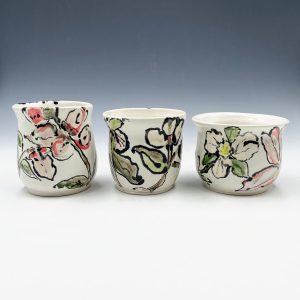
Additionally, three works fully meet the criteria for inclusion in the show: exemplifying the varied ways of working with clay, incorporating color, and highlighting the works’ function as floral containers. For instance, artist-in-residence Avery Well’s Flower Brick represents her body of vessels and botanical sculptures that “explore feminine histories in the decorative arts and seek an alternate route away from traditional standards of beauty and craft.” Another example is Beth Willensky’s Botanical Garden Set, which consists of three small porcelain vessels that are decorated with black slip and hand-painted overglazes. Her exploration of carving, layered images with engobes and oxides is an ongoing process. Finally, Roberta Shapiro’s Lady Flower Brick is a brightly colored and humorous hand-painted brick with inlaid colored clays. The artist’s focus is on the creative process, using underglazes, colored clays and engobes as her materials of choice.
Good Vibrations speaks to both the joy of color and the joy of collaboration present in the world of ceramics on view at Clay Art Center all year around.
Top photo: Good Vibrations, on view at Clay Art Center (courtesy of the center)
____________________
Judith Weber is a Westchester artist, educator and arts advocate. She is the past president of the board of directors at both the New Rochelle Council on the Arts and the Clay Art Center and currently serves as the vice-president of the board of directors at The Lincoln Park Conservancy, Inc. She is a co-founder and developing partner of Media Loft, Westchester’s only live/work condominium for artists, and is presently conducting creativity workshops in a variety of media. She is the Volunteer Coordinator at ArtsWestchester. www.judithweber.com
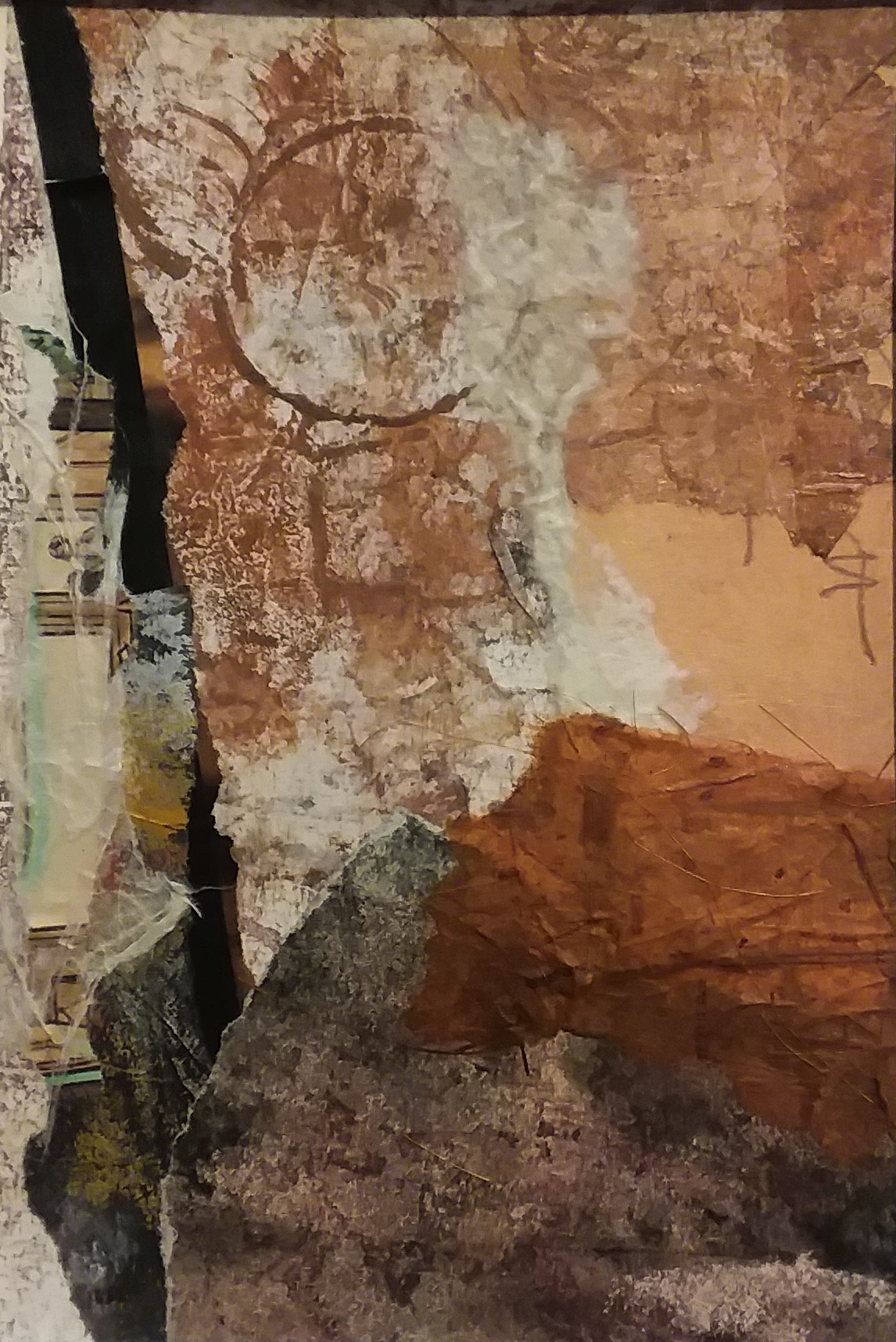
About Judith Weber
As an artist who thrives on challenge and diversity, I am committed to exploring the techniques needed to create unusual and highly personal work. My work strives to capture the essence of an experience, an environment, a memory, an issue, or current events—and from that information, create a permanent and intimate work of art.
I come to my exploration of paper and mixed media after spending most of my professional and artistic life as a ceramic artist. Motivated by the relationship between form and function, I designed limited edition dining accessories that have been exhibited across the country in galleries, museum shops, and specialized boutiques. I also tapped into the joy I experience from working with clients and experimenting with new media in unique environments through the creation of custom tile installations for residential and commercial sites.
As an artist who thrives on challenge and diversity, I am committed to exploring the techniques needed to create unusual and highly personal work. My work strives to capture the essence of an experience, an environment, a memory, an issue, or current events—and from that information, create a permanent and intimate work of art. I come to my exploration of paper and mixed media after spending most of my professional and artistic life as a ceramic artist. Motivated by the relationship between form and function, I designed limited edition dining accessories that have been exhibited across the country in galleries, museum shops, and specialized boutiques. I also tapped into the joy I experience from working with clients and experimenting with new media in unique environments through the creation of custom tile installations for residential and commercial sites. After leaving behind the world of clay, I discovered paper—and learned it was built upon a foundation of play. Exploring mixed media techniques as they beautifully integrate with collage gives me the opportunity to experiment, imagine, and learn. The process itself is the bedrock from which the work rises; it is exciting to me that it is only after moving, cutting, tinting, printing, and layering does the final piece begin to emerge.


